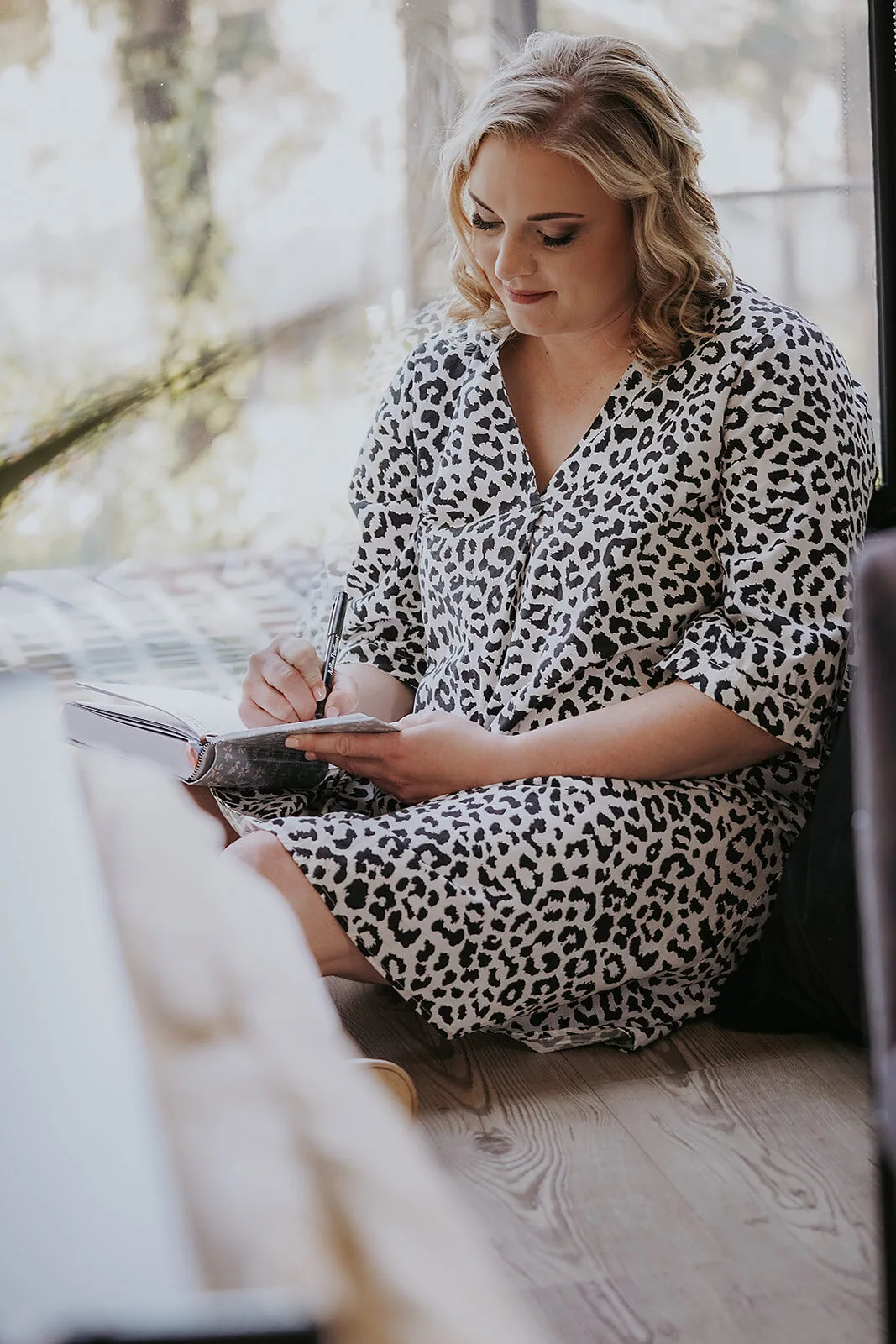You’ll stay calm under pressure by mastering Karin’s five essential techniques: first, use brain dumps and the Eisenhower Matrix to manage cognitive load; second, practise diaphragmatic breathing and the 5-4-3-2-1 grounding method for immediate stress relief; third, build resilience through daily five-minute micro-habits; fourth, map your energy patterns to tackle demanding tasks during peak hours; and fifth, practise these strategies during calm moments so they’re automatic when chaos strikes—there’s much more depth to each approach.
Seven years of managing high-stakes projects taught me that staying calm under pressure isn’t about having nerves of steel—it’s about having the right toolkit ready before chaos hits.
Your brain can only handle so much before it starts making terrible decisions. That’s why I swear by cognitive load reduction techniques. When everything’s on fire, I dump every swirling thought onto paper first.
When your mind hits overload, it makes rubbish decisions—so dump everything onto paper before your brain betrays you.
This “brain dump” approach clears mental clutter instantly. Then I use the Eisenhower Matrix to sort what’s actually urgent versus what just feels urgent.
Trust me, there’s a difference, and recognising it will save your sanity.
Breaking overwhelming tasks into SMART components changes mountains into manageable hills. Instead of “finish the project,” I write “complete three client interviews by 2 PM.” Specificity eliminates that paralysing feeling of not knowing where to start.
Time-blocking pairs perfectly with this approach—I assign specific hours to specific tasks, creating structure when everything feels chaotic. I prioritise the 80/20 Rule to focus on the tasks that deliver the most significant results rather than getting lost in busywork.
Your body holds stress like a clenched fist holds water—it builds up fast. I’ve learnt that diaphragmatic breathing isn’t just hippie nonsense; it literally activates your parasympathetic nervous system. When pressure mounts, I use the 5-4-3-2-1 grounding method: identify five things you see, four you can touch, three you hear, two you smell, one you taste.
It anchors you to the present moment instead of spiralling into worst-case scenarios.
Progressive muscle relaxation works wonders for physical tension. Start with your toes, clench for five seconds, then release. Work upward through your entire body.
The contrast between tension and release teaches your muscles to actually let go.
Brief walks or stretching breaks clear stress hormones that accumulate during intense focus periods. These mini de-stressing sessions throughout the day help prevent stress buildup and maintain mental clarity.
Mindset shifts matter more than you’d expect. I’ve stopped viewing stress as the enemy and started seeing it as mobilising energy. When you reframe pressure as your body preparing for peak performance rather than impending doom, everything changes.
This isn’t about positive thinking—it’s about accurate thinking.
Building micro-habits creates stability when external circumstances go haywire. I developed five-minute daily practices: morning breathing exercises, evening reflection, midday movement breaks. Understanding the psychology of habit formation helps ensure these practices stick even when life gets chaotic.
During stressful periods, these anchors keep me grounded. I attach new stress-management behaviours to existing routines—breathing exercises after my morning coffee, stretching after lunch. When overwhelmed, I remind myself that uncompleted tasks are simply projects that aren’t currently on the roadmap.
Energy management prevents burnout before it starts. I map my personal energy patterns and schedule demanding tasks during peak hours. If I’m sharpest at 9 AM, that’s when I tackle the hardest problems.
I protect my off-grid recovery time like it’s a client meeting—because mental restoration isn’t optional, it’s strategic.
The secret isn’t avoiding pressure; it’s building systems that function regardless of external chaos. When you’ve practised these techniques during calm moments, they’re available when everything’s falling apart. Your future stressed-out self will thank your present organised self for doing the groundwork.
Frequently Asked Questions
How Did Karin First Discover These Pressure Management Techniques?
You uncovered pressure management techniques through your academic expedition in health policy, where coursework in mindfulness and positive psychology provided foundations, whilst your yoga certification and distance running experiences revealed body-mind connections.
What Specific Situations Does Karin Find Most Stressful in Her Daily Life?
You’ll find morning commutes through heavy traffic particularly stressful, especially when you’re running late for important meetings. Unexpected deadline changes at work and managing multiple project priorities simultaneously also trigger your highest stress responses daily.
How Long Did It Take Karin to Master These Calm-Under-Pressure Skills?
You’ll find that mastering calm-under-pressure skills doesn’t follow a standard timeline. Individual learning curves vary considerably, and there’s no explicit timeframe provided for how long Karin’s personal adventure took.
Does Karin Recommend Any Particular Books or Resources for Stress Management?
You’ll find Karin emphasises CBT-inspired techniques and mindfulness practices rather than specific books. She recommends using evidence-based apps, investigating mind-body integration programmes, and accessing customised digital tools for immediate stress management support.
What Mistakes Did Karin Make When First Learning to Handle Pressure?
You’ll likely make mistakes like viewing pressure as personal threats, being overly self-critical about stress reactions, relying too rigidly on dominant traits, and waiting passively for external changes.





